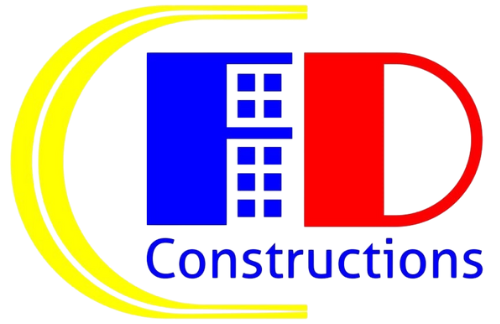

if you cannot find answer to your question our FAQ, you can alwas contact us. web will answer you shortly!
Introduction:
Highlight the transformative impact of technology on the construction industry.
Briefly mention how technology is changing traditional methods and improving efficiency.
State the purpose of the article: to explore the key roles of technology in modern construction.
Section 1: Building Information Modeling (BIM):
Explain what BIM is and its benefits (3D modeling, collaboration, clash detection).
Discuss how BIM improves planning, design, and execution phases.
Mention the increasing adoption of BIM across various construction projects.
Section 2: Automation and Robotics:
Explore the use of robots and automated systems in construction tasks (bricklaying, welding, demolition).
Discuss the advantages of automation (increased speed, accuracy, safety).
Provide examples of robotic applications in the industry.
Section 3: Drones and Aerial Technology:
Explain how drones are used for site surveying, progress monitoring, and inspections.
Discuss the benefits of using drones for data collection and visualization.
Mention safety and efficiency improvements through drone technology.
Section 4: 3D Printing in Construction:
Introduce the concept of 3D printing buildings and components.
Discuss the potential advantages (speed, cost-effectiveness, design flexibility).
Provide examples of 3D-printed structures and ongoing research in this area.
Section 5: Internet of Things (IoT) and Smart Buildings:
Explain how IoT sensors and devices are used in construction (equipment monitoring, worker safety).
Discuss the concept of smart buildings and their features (energy efficiency, automated systems).
Highlight the benefits of IoT for building management and sustainability.
Section 6: Mobile Apps and Cloud-Based Platforms:
Explore the role of mobile applications for project management, communication, and data access on-site.
Discuss the benefits of cloud-based platforms for collaboration and information sharing.
Mention how these tools improve workflow and decision-making.
Section 7: Virtual Reality (VR) and Augmented Reality (AR):
Explain how VR and AR are used for design visualization, safety training, and on-site assistance.
Discuss the benefits of immersive technologies for improving understanding and reducing errors.
Provide examples of VR/AR applications in construction.
Section 8: Artificial Intelligence (AI) and Machine Learning:
Discuss the potential of AI for tasks like predictive maintenance, risk assessment, and project scheduling.
Explain how machine learning algorithms can analyze data to improve efficiency and safety.
Mention current research and applications of AI in construction.
Conclusion:
Summarize the significant role of technology in modernizing the construction industry.
Highlight the benefits of embracing these advancements for improved efficiency, safety, and quality.
Offer a forward-looking perspective on the continued evolution of technology in construction.

Our post-construction services gives you peace of mind knowing that we are still here for you even after.